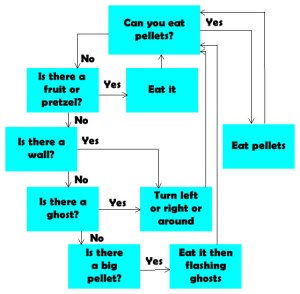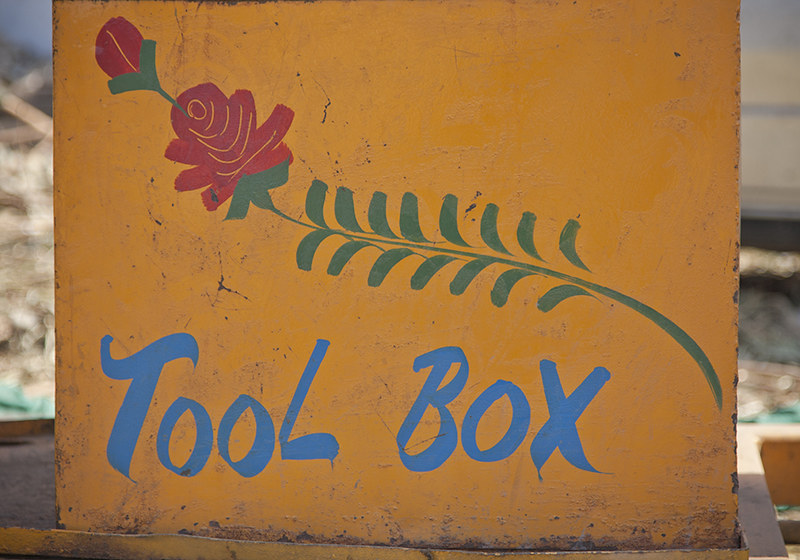
“Binary code” by Christiaan Colen is licensed under CC BY-SA 2.0
When asked the most important thing I should teach my students, the MIT student I was interviewing simply stated , ‘ teach them logic.’ – Mr. Le Duc
SUMMARY
- My week went very well. I have learned a lot about the very basics of coding and can’t wait to learn more.
PRACTICE ROOM (TUTORIALS)
PlayCanvas

- https://www.sololearn.com/Course/JavaScript/
- Write the latest lesson you have completed today
Unity

- 3rd lesson
CLASSROOM (THEORY & ANALYSIS)

- oval is start
- square is process
- diamond is choice
- rectangle with wavy lines on the bottom is a report
- the diamond causes branching in flowcharts.
- flowcharts usually is top to bottom or left ot right.
LAB (THEORY PRACTICED)
- I learned that each shape in the flow charts means something. I never learned any coding at all, but it is very interesting. I also learned that games are based off of flowcharts and not just data and code.
OUTSIDE (CREATIVITY & THE BRAIN)

- I learned that some people believe that creativity and death is somehow linked. It is like an idea that if you do something you like to do, it takes a bit of your own life.
STUDIO (GAME DESIGN)
Unity

WHAT I LEARNED and PROBLEMS I SOLVED
- Tell your daily story here! Highlight what you learned and enjoyed most and at least one problem you solved. Problem-solving is one of the most important skills you need in life. Employers want to know HOW you get stuff done as much as WHAT you got done.
- DELETE ALL OF MR. LE DUC’s INSTRUCTIONS, AFTER YOU ARE DONE
- While I was working in my martial arts dojang, I was tasked to help students learn a part of a new form. They were having a little trouble with where they put their hands. I had them focus on one hand at a time then slowly get faster with it. They were able to do the motion correctly after that.
WEEKLY ACTIVITY EVALUATION
Finished the survey.

